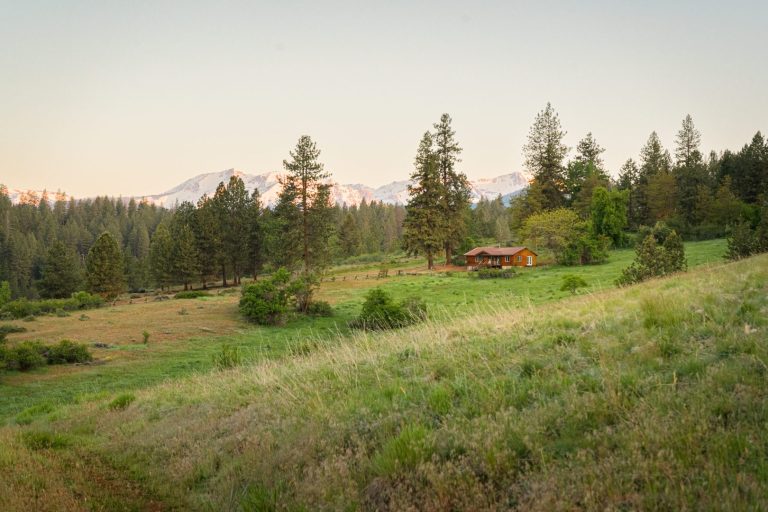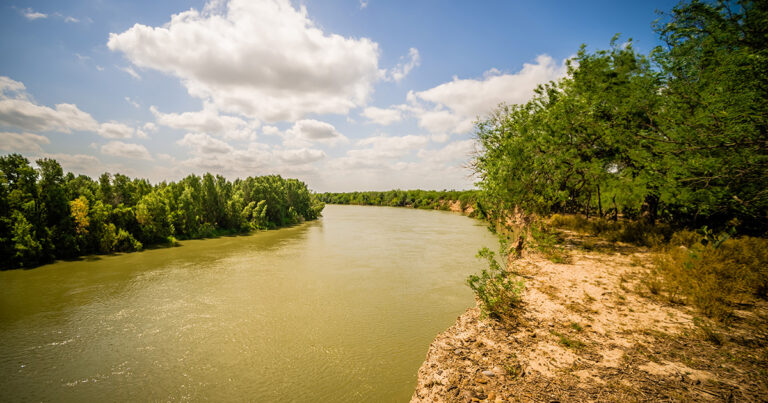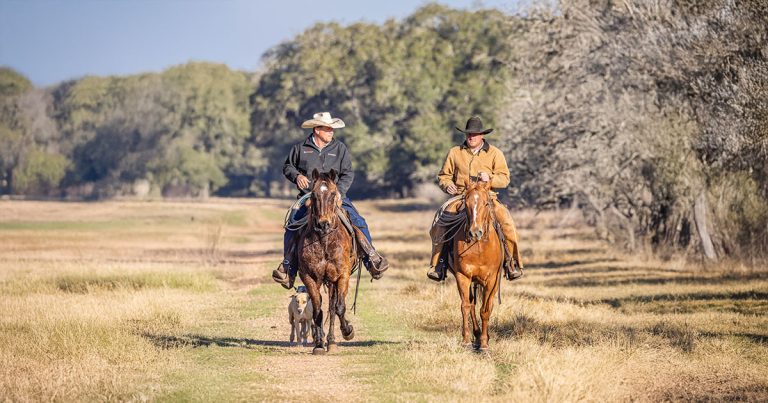Coyotes are becoming a continuously growing problem for farmers and ranchers in the United States.
These intelligent, adaptable, and resourceful predators are making it difficult for livestock owners to protect their animals. The impact of coyotes on the agricultural industry is significant, causing economic losses and putting considerable stress on ranching operations.
Coyotes represent the most common types of wildlife in the US. They have adapted easily to a variety of habitats and climates, making them a formidable predator across much of the country. Currently, each state, with the exception of Hawaii has a coyote population with the highest density in the state of Texas.
Coyote Population And History
At the time of the colonization of the Americas, coyotes were largely restricted to open plains of the western half of North America.
Coyotes have been a problem for farmers and ranchers since the 1800s when they first began to spread across the United States. In recent years, their numbers have grown exponentially; experts estimate that the population of Coyotes ranges between 2.89M and 4.7M in the US. This surge in their population has led to more frequent interactions with humans, particularly those involved with livestock-raising operations. Approximately 500,000 coyotes are harvested each year throughout the United States.
Coyotes are incredibly adaptable animals, able to survive in virtually any environment from the desert Southwest to Canada’s tundra. They are also known for their intelligence and cunning, making them difficult to control or contain.
In some areas, coyotes have had a significant impact on wildlife populations by preying on livestock or native species like deer and rabbits. In residential areas, they tend to raid garbage cans or kill small pets. Although these animals play an ecological role, controlling the fast-growing population is crucial. Coyotes regulate the population of smaller predators like skunks, raccoons and foxes.
Cattle And Livestock Predators
Coyotes are considered a threat to cattle and other animals mostly because of their predatory behavior. As the coyote population continues to rise, so does their impact on the farming community.
The presence of coyotes has affected cattle numbers and continues to be a concern for cow-calf operations. Coyotes kill calves, and also disrupt calving patterns and cause stress to cattle herds. Livestock ranches continue to seek various methods of managing the coyote population in order to protect their animals.
Keeping Coyotes Away
These strategies can range from trapping and lethal control measures to nonlethal prevention tactics such as guard dogs, electric fences, and predator lights. Llamas, alpacas and donkeys make excellent livestock guard animals and are a good choice for ranchers who don’t have the time or expertise to train a guardian dog.
Fencing is a rancher’s first and best defense. Fencing off livestock areas with strong mesh or electric fences can help prevent access by coyotes, as well as other predators.
Other deterrents include motion-activated lights and noise emitters, which can be placed around property boundaries to scare off potential intruders.
The most effective way to reduce conflicts with coyotes is by eliminating food sources that attract them. This means taking measures such as regularly cleaning up fallen fruit and grains, disposing of carcasses properly, and keeping pet food indoors. These practices will not only help keep coyotes away but also help reduce the risk of disease transmission between wildlife and domestic animals.
Keep in mind the laws governing methods used to control coyote populations. Always check with the local wildlife agency for regulations specific to your area.
Maintain Wild Game Population To Prevent Attacks
Maintaining wild game populations is a part of an effective control strategy. Coyotes, being predators, are drawn to areas with a large population of their prey species. Consider setting up wildlife preserves or refuges on your land and creating habitat conditions that foster healthy numbers of small wild game. All of these management strategies can help maintain the balance between predator and prey species in the area, and prevent coyotes to seek livestock as a food source.
Taking a proactive approach is key to effective coyote deterrence. If you have trouble keeping coyotes from your ranch or farm, consider hiring a professional. Although many
nonlethal techniques exist for reducing livestock losses to predation, the technique used will depend on the type and size of livestock operation, terrain, cost, and available resources.






